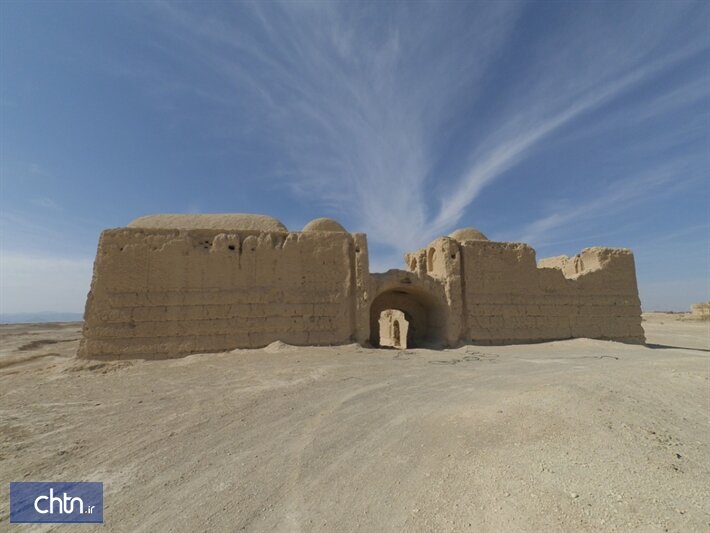New properties in Yazd registered on National Heritage list

TEHRAN- A total of 22 historical structures and sites, which are scattered across the central Iranian province of Yazd, have recently been inscribed on the National Heritage list, CHTN reported.
The Ministry of Cultural Heritage, Tourism and Handicrafts announced the inscriptions on Tuesday in a letter to the governor-general of the province, the report added.
Twelve mansions, two watermills, two cisterns, two train stations, a qanat, a castle, a bridge, a caravanserai in different cities of the province have been added to the list.
Back in May, provincial tourism chief Ali-Asghar Samadiani announced that 59 historical and natural sites in the province were added to the National Heritage List during the previous Iranian calendar year 1398 (ended on March 20), while over 150 archaeological and historical sites were identified across the province through excavations and surveys conducted by Yazd Cultural Heritage, Tourism and Handicrafts Department during the same period of time.
In July 2017, the historical structure of the city of Yazd was named a UNESCO World Heritage. Wedged between the northern Dasht-e Kavir and the southern Dasht-e Lut on a flat plain, the oasis city enjoys a very harmonious public-religious architecture that dates from different eras.
Yazd is usually referred to as a delightful place to stay, or a “don't miss” destination by almost all of its visitors. The city is full of mudbrick houses that are equipped with innovative badgirs (wind catchers), atmospheric alleyways, and many Islamic and Iranian monuments that shape its eye-catching city landscape.
It is a living testimony to the intelligent use of limited available resources in the desert for survival. Water is brought to the city by the qanat system. Each district of the city is built on a qanat and has a communal center.
The use of earth in buildings includes walls and roofs by the construction of vaults and domes. Houses are built with courtyards below ground level, serving underground areas. Wind-catchers, courtyards, and thick earthen walls create a pleasant microclimate.
Partially covered alleyways together with streets, public squares and courtyards contribute to a pleasant urban quality. The city escaped the modernization trends that destroyed many traditional earthen cities.
It survives today with its traditional districts, the qanat system, traditional houses, bazaars, hammams, water cisterns, mosques, synagogues, Zoroastrian temples, and the historic garden of Dolat-Abad. The city enjoys the peaceful coexistence of three religions: Islam, Judaism, and Zoroastrianism.
ABU/MG
Leave a Comment